
Fiction and real life aren’t always as separate as they seem. Some “fictional characters” aren’t really made up by imagination alone. Many of the most well-known characters in media actually started with a real person, maybe like a historical figure, a childhood neighbor, a professor, or even the writer themselves. These real people served as the blueprint, and while these 20 characters might have changed a lot along the way, the roots are still there.
James Bond
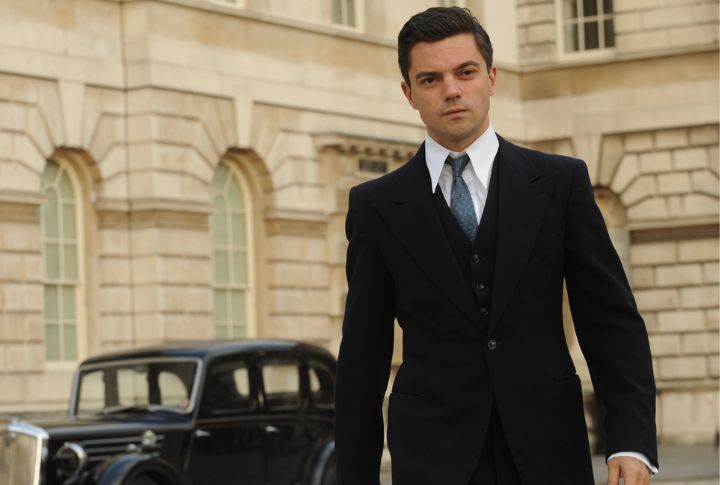
Ian Fleming was hanging around guys in Naval Intelligence, like the super elegant agent Conrad O’Brien-ffrench, who had real-life bravado and daring. Fleming took his thrilling personality, that love of luxury, and paired it with the real name of an ornithologist, James Bond.
Sherlock Holmes
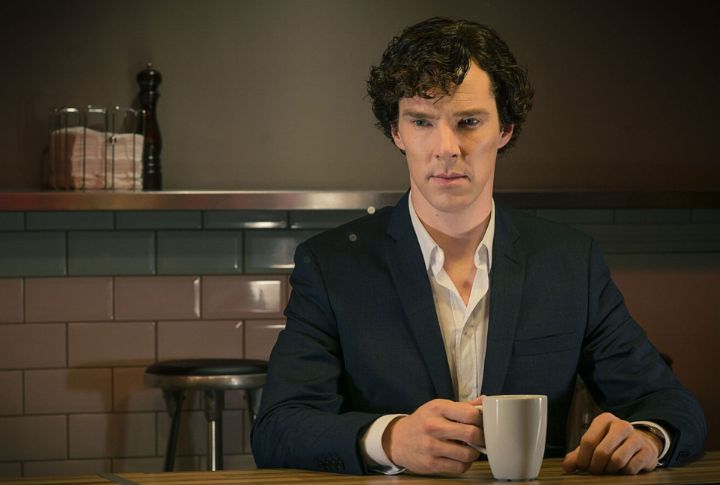
The true mastermind behind Holmes was a Scottish surgeon named Dr. Joseph Bell. Arthur Conan Doyle was his student at medical school, absolutely blown away by how Bell could size up a stranger and instantly deduce their job, where they’d been, everything. It was pure observational brilliance.
Carrie Bradshaw

Candace Bushnell started writing columns for the “New York Observer,” and needed an alias to spill personal details anonymously, so she built Carrie Bradshaw. Carrie allowed Candace to put her real-life experiences and perspectives onto the page. In 1998, that alias became Sarah Jessica Parker’s iconic role.
King Leonidas
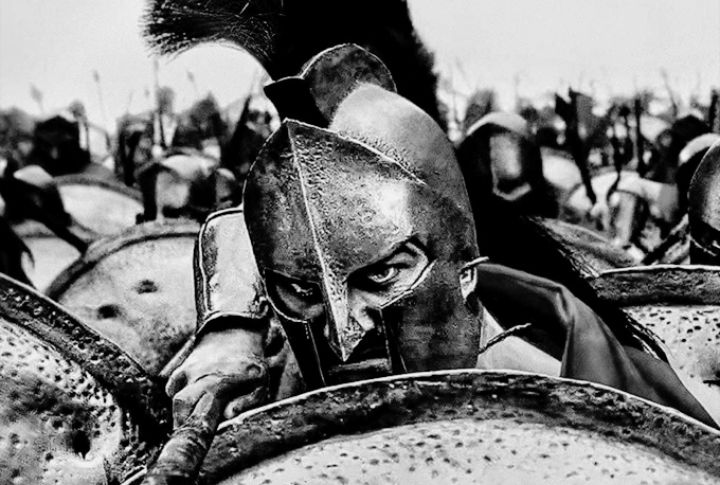
The fierce, defiant warrior in “300” is modeled after Leonidas I, the real Spartan king who led 300 soldiers against Persia at Thermopylae. He gave us that legendary line, “Come and take them,” according to the historian Plutarch. Leonidas’ sacrifice cemented his place in history and legend.
Lara Croft
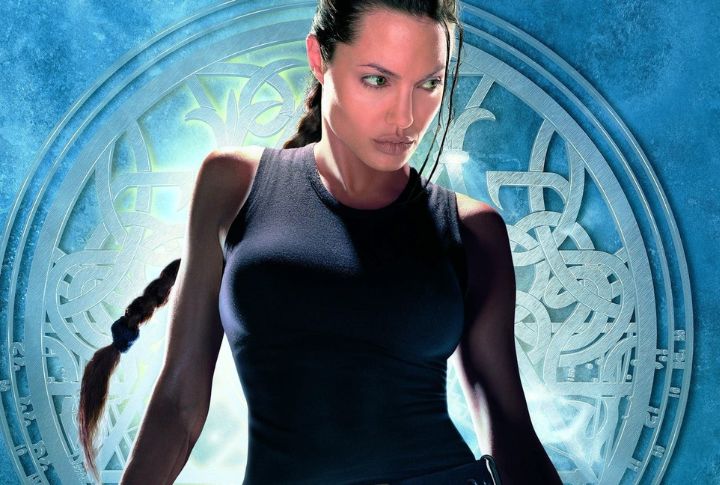
Forget what you think you know about Lara Croft’s creation. Originally, she was conceived as a male character! But the developers wisely avoided making an Indiana Jones clone. So, they switched the gender, and that bold choice turned her into a pioneer who challenged exploration’s once male-dominated world.
The Dude
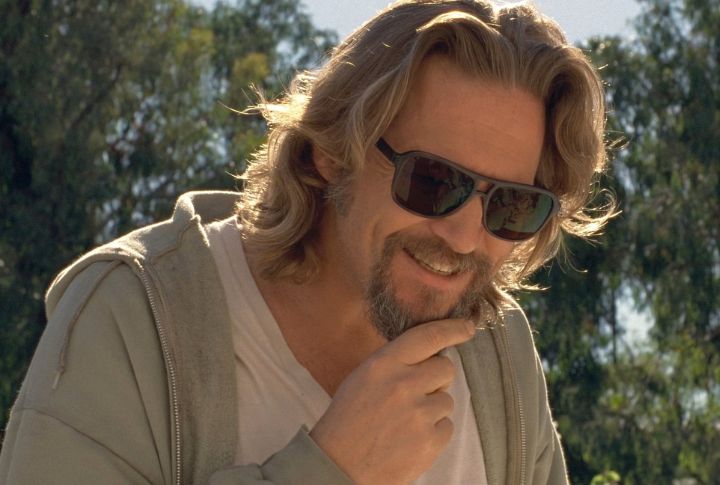
The Coen brothers met a film promoter called Jeff Dowd back when they were doing “Blood Simple”. He was the perfect slouch, a real-life White Russian drinker who loved his bathrobe, instantly becoming the basis for The Dude. And the laid-back guy was also part of a group called the Seattle Seven.
Ariel, The Little Mermaid
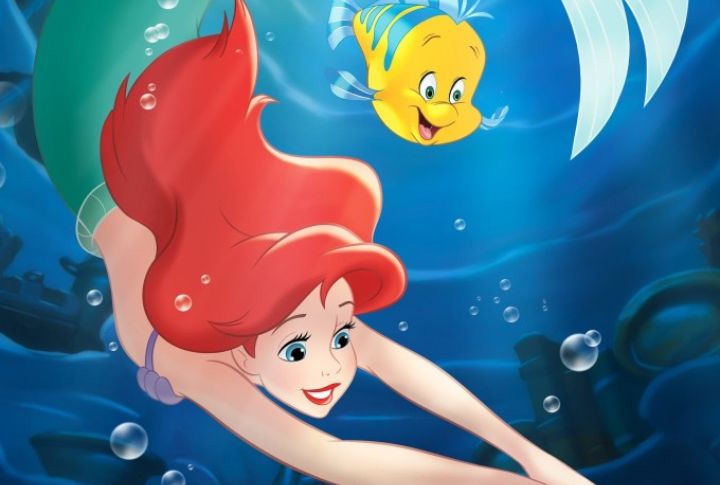
Copenhagen’s mermaid statue is cute and sunny, right? The actual story from Hans Christian Andersen has a darker heart. The 1837 tale came straight from the author’s personal pain—his secret, impossible love for a man named Edvard Collin. That unrequited passion is the bittersweet origin hiding behind Disney’s famous, happy ending.
Winnie-The-Pooh
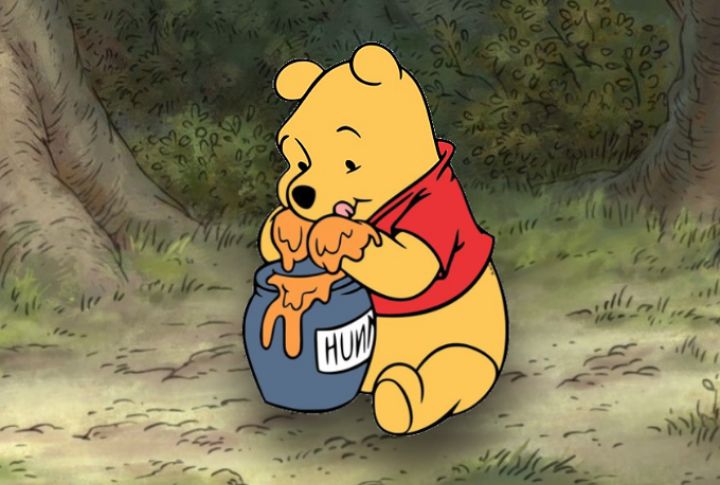
A black bear named Winnipeg traveled all the way from Canada and was the star attraction at the London Zoo. Meanwhile, a little boy (Christopher Robin Milne) adored the zoo bear so much that he renamed his toy “Winnie.” And that simple renaming is what sparked his father, A.A. Milne, to create the immortal tales.
Count Dracula
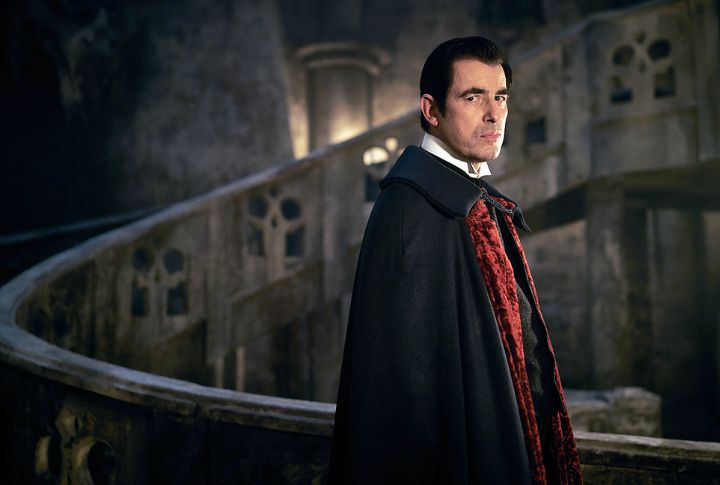
Bram Stoker conjured up the most famous vampire in literature, but he didn’t invent the bloodlust. Vlad the Impaler, a 15th-century prince from Wallachia, was famous for his brutal habit of spiking his enemies on stakes. Stoker never went to Transylvania, but his research turned that tyrant Dracula into the king of supernatural horror.
Indiana Jones
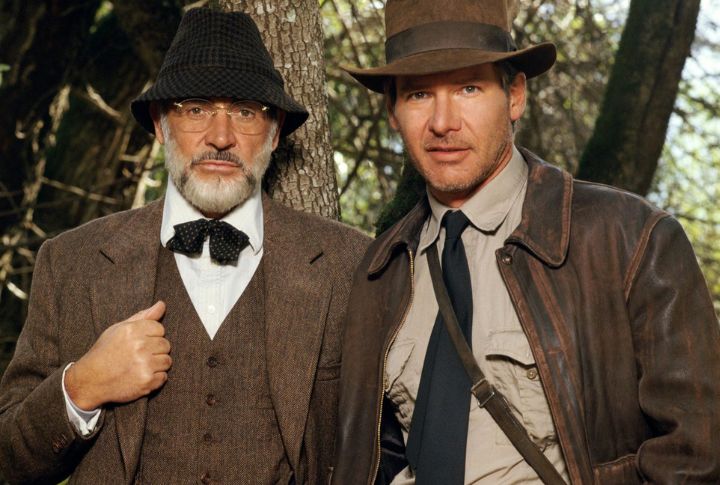
The original globe-trotting archaeologist, Indiana Jones, got all his best moves—the fearlessness, the crazy digs, the escaping ancient traps—from Roy Chapman Andrews. Andrews was an adventurer and naturalist who directed huge expeditions in Mongolia. His pioneering, dangerous searches for remote finds absolutely inspired Jones’s relentless hunt for lost artifacts.
Moe Greene
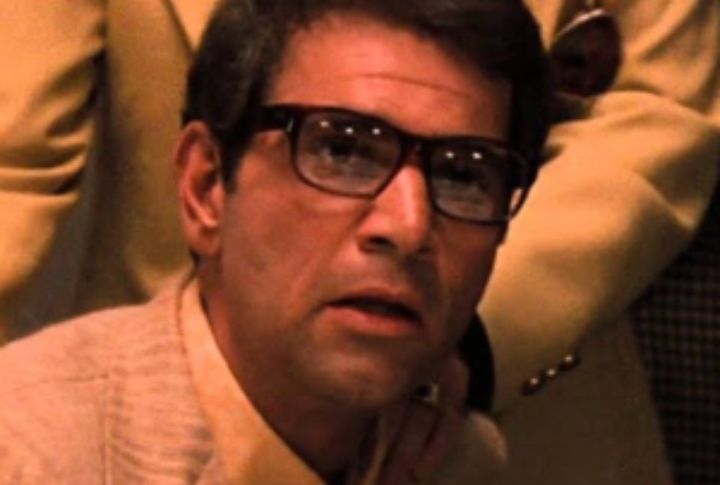
Casino boss Moe Greene perfectly captures that brazen confidence of old-school, mob-run Las Vegas in “The Godfather.” That’s because he’s a fictional stand-in for Bugsy Siegel. Siegel was a real-deal gangster, explosive and charming, the very guy who helped build Sin City’s casino empire from the ground up. Just like Moe, Siegel met a violent, mysterious end.
Holly Golightly
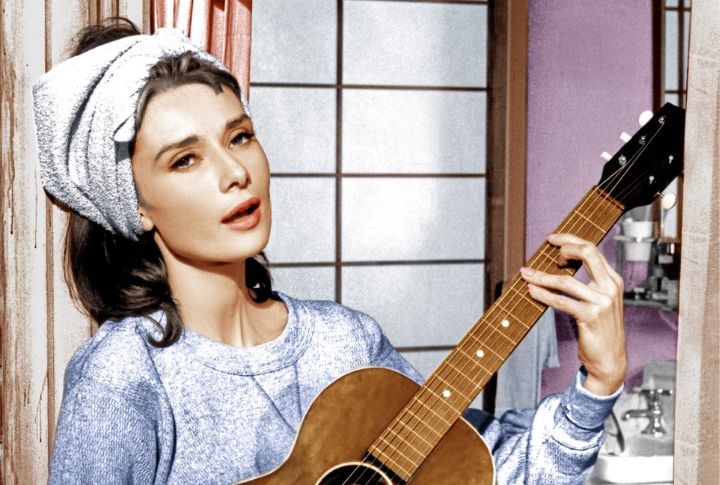
Truman Capote crafted Holly Golightly carefully, pulling bits and pieces from several Manhattan personalities. He borrowed style from gossip columnist Doris Lilly, and socialite Carol Matthau finalized her unforgettable name at the very last second. Audrey Hepburn was the only person Truman envisioned bringing her whimsical chaos to the big screen in “Breakfast at Tiffany’s.”
The Grinch
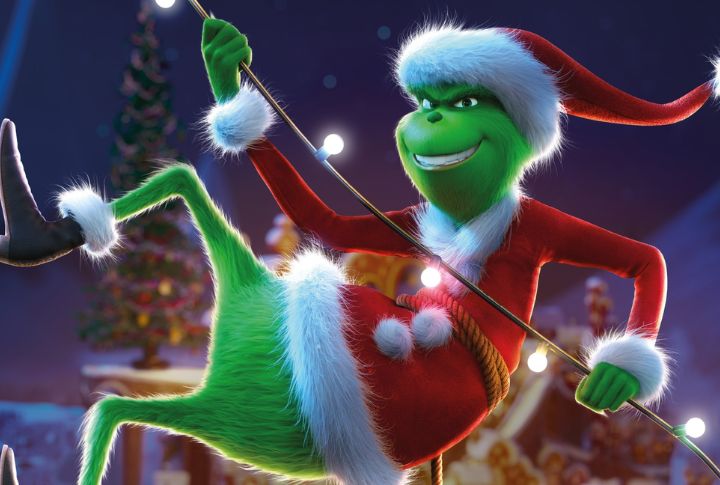
Long before he became the iconic green curmudgeon, Theodor Seuss Geisel—Dr. Seuss himself admitted he saw glimpses of his own less-than-cheerful personality inside The Grinch. The character began as a simple black-and-white sketch, later turning into the iconic green anti-hero that captured attention in the TV special.
Forrest Gump
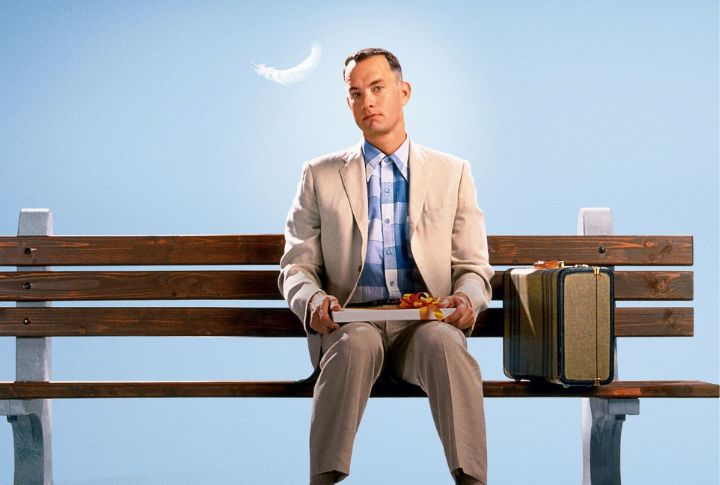
When Winston Groom sat down to write about Gump, he already knew it would be based on his childhood buddy, Jimbo Meador. Jimbo was a seafood processor, and his unique speech patterns and specific way of being inspired the whole personality. Those unforgettable quirks became the heart and soul of the story.
Annie
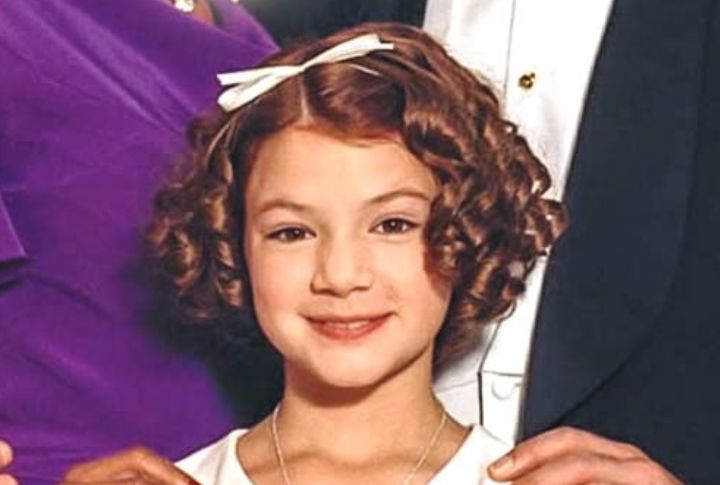
Annie’s resilient spirit and red-haired charm trace back to Mary Alice Smith, a real orphan who lived with poet James Whitcomb Riley’s family. Her stories inspired Riley’s 1885 poem “Little Orphant Annie.” Cartoonist Harold Gray later reimagined her as a Depression-era heroine in his comic strip, which evolved into the beloved Broadway musical and film adaptations.
Norman Bates
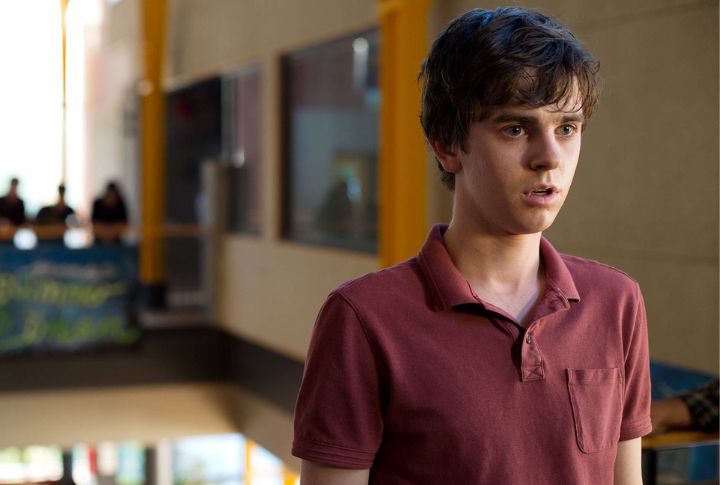
The disgusting acts of Ed Gein—a man known for making gruesome household items from human remains created a deep, dark root system for horror. His crimes directly inspired Norman Bates in Alfred Hitchcock’s 1960 classic “Psycho.” Gein’s twisted story also served as the nightmare foundation for villains in “The Texas Chain Saw Massacre” and “The Silence of the Lambs.”
Jason Bourne
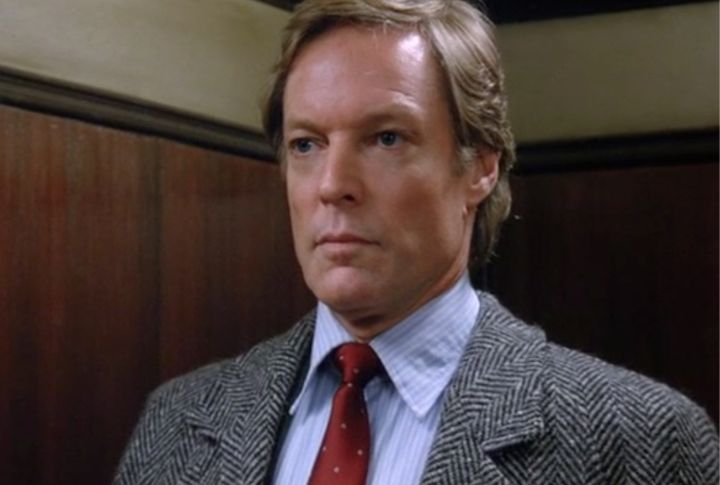
Author Robert Ludlum once suffered a serious bout of amnesia. After recovering, he became fascinated by the case of Ansel Bourne, a 19th-century preacher whose dissociative fugue state was medically documented. This real-life psychological phenomenon spurred Ludlum to create Jason Bourne, successfully turning a deep exploration into identity loss into a billion-dollar action series.
Tony Soprano
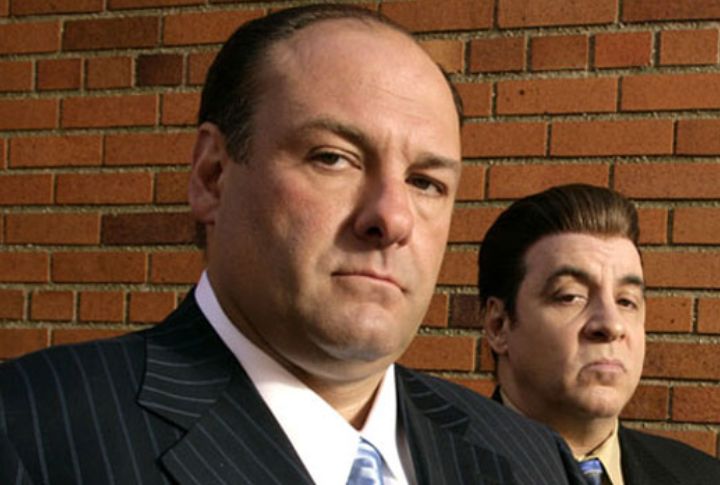
David Chase was soaking up the Jersey mob scene while growing up, and that culture poured straight into “The Sopranos.” The inspiration for mob boss Tony Soprano was a real gangster: Vincent “Vinny Ocean” Palermo. Palermo even ran a late-night entertainment venue called Wiggles, which was the direct blueprint for the show’s famous Bada Bing! Hangout.
Atticus Finch
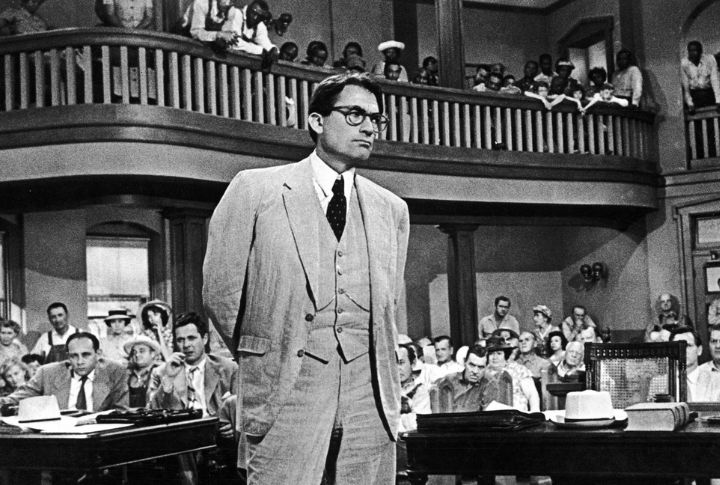
Atticus Finch is widely considered the moral center of literature, inspired by Harper Lee’s own father, Amasa Coleman Lee. He was a lawyer who defended two Black men accused of murder in a high-profile 1919 case, later becoming a newspaper editor and state legislator. Atticus’s character is a clear tribute to his father.
Popeye The Sailor
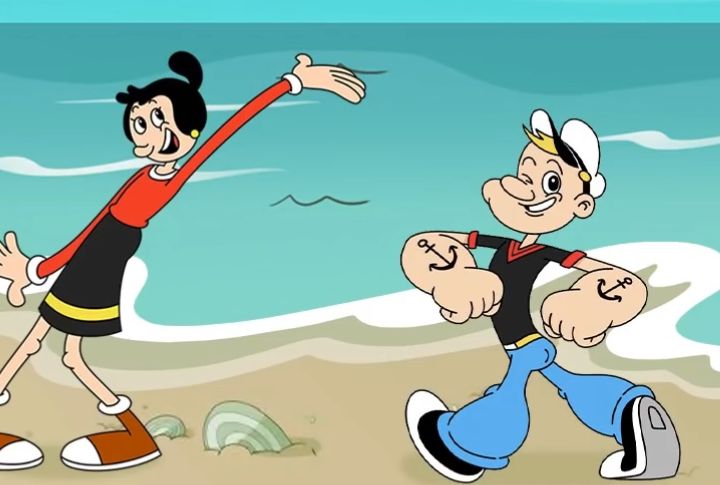
Cartoonist E.C. Segar brought Popeye to life, based on a real person from his hometown of Chester, Illinois: Frank “Rocky” Fiegel. Rocky was a local legend—a tough, one-eyed character known for getting into fights and constantly chewing on his pipe. He was the perfect physical and scrappy template for the sailor who gets his strength from a can of spinach.

